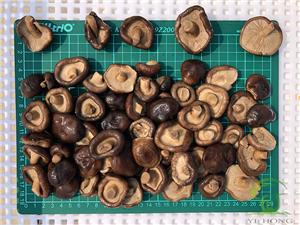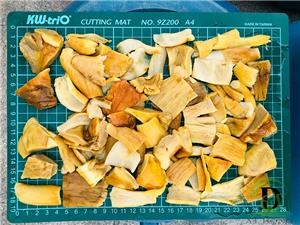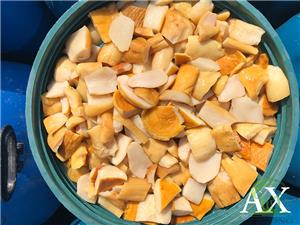Do you know about Boletus Edulis?
There are many ways to eat Boletus Edulis.
Italians like to spread butter on slices of Boletus Edulis and fry them. The French prefer to fry them. The Chinese usually fry Boletus Edulis with meat, eggs, and vegetables. They can also be used in soups. No matter how you cook it, the taste and texture will be delicious. Keep in mind that Boletus Edulis should not be eaten raw, as it can cause gastrointestinal discomfort.
Boletus Edulis mostly concentrated between 300m and 600m above sea level, growing at 200m or 700m above sea level, but the number was small. Since altitude is the signature factor of mountain climate, temperature, humidity, air, light intensity, soil and vegetation all change with altitude. Soil is the living substrate of Boletus Edulis and its host plants, and its structure, permeability and pH value are closely related to porcine growth. According to the survey, the soil near the Boletus Edulis flavor production area is generally mountain loess, yellow soil, gray sand soil, mountain yellow brown soil, dark brown soil, purple soil, yellow sand soil. Especially in the thick soft fertile soil layer with litter layer, Boletus Edulis grows well.
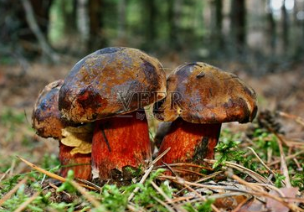
It is believed that Boletus Edulis growth does not require light, but the formation of fruited bodies requires stimulation of scattered light. Most of the delicious Boletus Edulis grows in sunshine where light scatters woodland. A land of dense vegetation, great shade, deep ditches, and overgrown weeds is rare; long-time sunshine, less vegetation, less fruiting bodies. Boletus Edulis grows between 0.6 and 0.9 canopy density. When the canopy density is below 0.5 or above 0.9, little or no growth occurs. Boletus Edulis occurs in large numbers in forests with a canopy density of 0.7 to 0.9. Light and humidity vary significantly under different canopy densities, and When Boletus Edulis grows, a certain amount of scattered light is required, so Boletus Edulise in dense forests with higher canopy densities is relatively reduced.
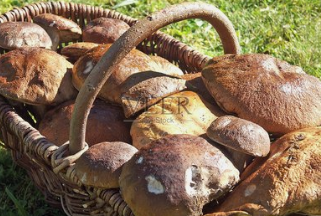
It is argued that Boletus Edulis, as a type of fungus grown in the wild, tastes good with high nutrients, but some wild ones are highly toxic, so not all Boletus Edulis are edible. The main condition for Boletus Edulis growth is related to temperature, which can directly affect the freshness of Boletus Edulis; in turn Boletus Edulis growth also needs temperature. Boletus Edulis can survive between 15 and 30 degrees, but the optimum temperature for growing Boletus Edulis is between 20 and 25 degrees. When Boletus Edulis grows, producers need to try their best to matintain the temperature abou 23 degerees.
Yi Hong campany aims to provide the best quality edible Boletus Edulis. If you need any, please feel free to contact us. Your inquiries are always welcome.
- Company News
- Industry News
- Product News
- Video

